Why Doesn’t GBHS Teach Sign Language?
This graphic shows how to sign ‘ASL’, letter by letter.
Why doesn’t Granite Bay offer American Sign Language (ASL) as a class while other schools such as Del Oro do?
At Granite Bay High School, we have many deaf and hard of hearing (DHH) students, and it would be beneficial to teach ASL for that reason alone. It turns out, however, that the main reason is that there aren’t enough teachers.
“The biggest problem for high school programs is finding qualified teachers,” Cheryl Esson said.
Esson teaches ASL, and her husband is deaf.
“The ASL teaching credential is hard to get,” Esson said, proceeding to explain that even if adults are fluent and qualified to teach it, they may not have the necessary credentials to get hired.
However, it would be profusely beneficial if we had a class on campus, as learning ASL could help break down stigma and nervousness around DHH students.
Aiden Sherman is a student at GBHS who has moderate-to-severe hearing loss.
“I understand one misconception is that some deaf people cannot speak, which is false,” Sherman said.
Sherman also says that deafness as a whole is not thought of as a disability by the community, but merely a difference.
Because of such misconceptions, people (especially younger folk) can be shy and uncertain when addressing deaf people.
“Intentionally exaggerating your voice and lip movements distorts the motions I need for lip-reading,” Sherman said, “and the voice can be patronizing.”
So then how do you sit down and have a conversation with someone who is DHH? This is actually another misconception about DHH folk: communicating is case-by-case.
“(People) don’t know what’s appropriate, they don’t want to be rude,” Michelle Hu said, a DHH Instagram influencer and mother. “Approach with an open mind and don’t dumb … down your (voice),” Hu said.
Being respectful and politely curious can go miles; genuinity is powerful.
Some DHH folk lean more towards ASL, while others prefer to lip read and interpret.
For Sherman, lip reading is a large part of his communication.
“I can hear deep, loud sounds far better than quiet, high ones, and I seriously benefit from reading lips,” Sherman said.
Despite any differences, there is a spectacular quality that everyone within the DHH community has: creativity.
“Rarely do hearing people have to practice adapting as much or as often as we do,” Hu said. “We know how to think outside of the box.”
These skills can shine through in a multitude of ways, and are similar to that of a bilingual person. When you speak multiple languages, your understanding of patterns and concepts strengthens and grows, and with such a wide range of ideas, you can solve problems more cleverly.
Those who are DHH are the same way— not only do most know ASL, but also know how to achieve an understanding between people when it can be difficult.
But our world favors hearing folk, and though the DHH community is creative with communication, GBHS is definitely not going the extra mile.
Turning on captions, facing towards while talking, and giving out printed directions are all things that teachers can do for DHH students.
“They’re easy, teensy things, but they help a ton,” Sherman said, but despite how strikingly easy it may seem to be, teachers are prone to forgetting.
“It strikes me as a bit empty, reading the words on those posters GBHS has around the school about ‘supporting all languages, signed and spoken’ while only teaching spoken ones,” Sherman said. “There is a DHH population on campus, and while I am not reliant on ASL, some of them are.”
Miya Mcclymont is a junior and this is her first year on the Gazette staff.



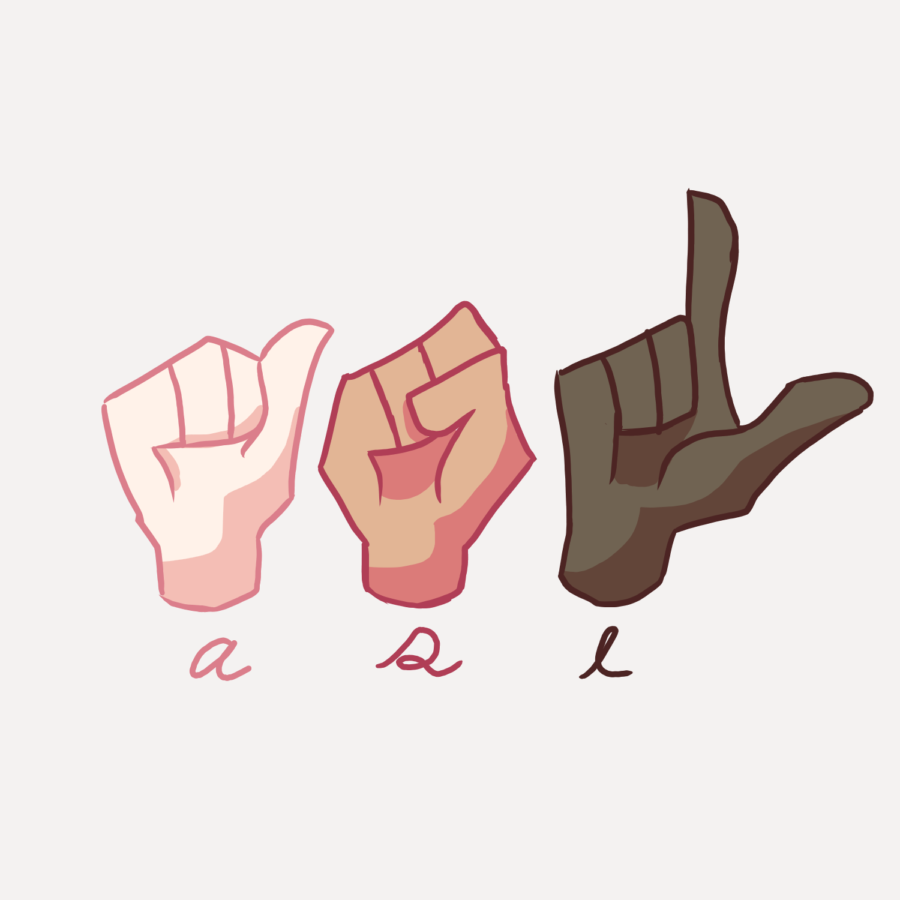

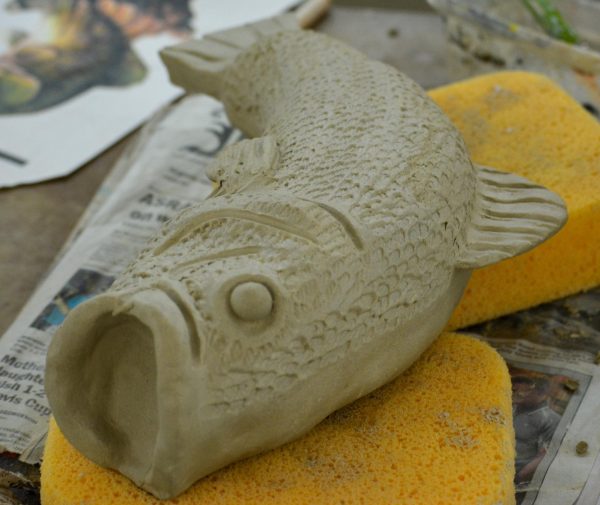
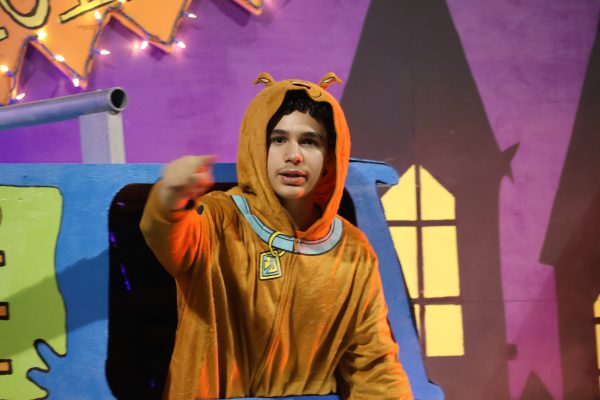

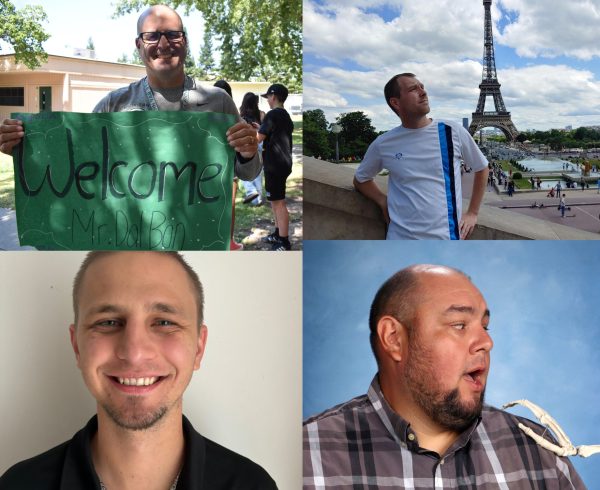
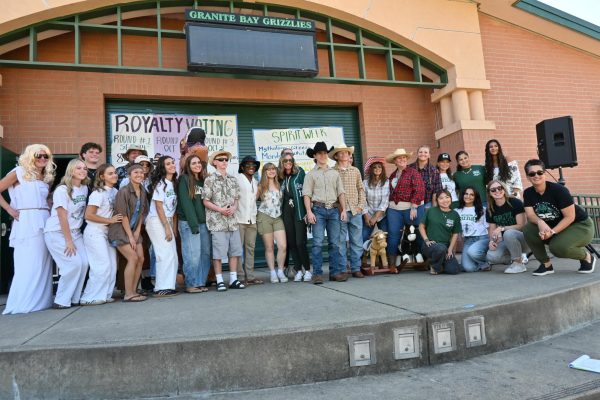
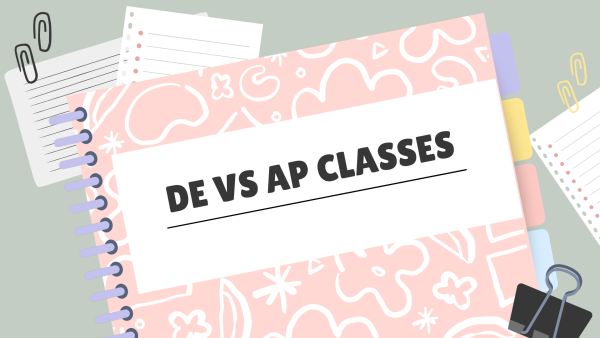
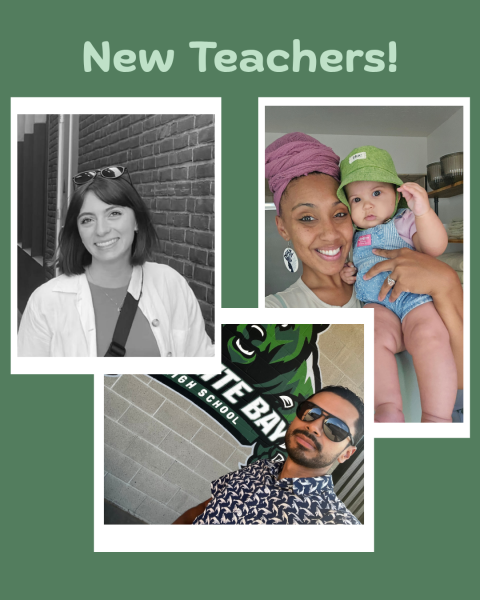
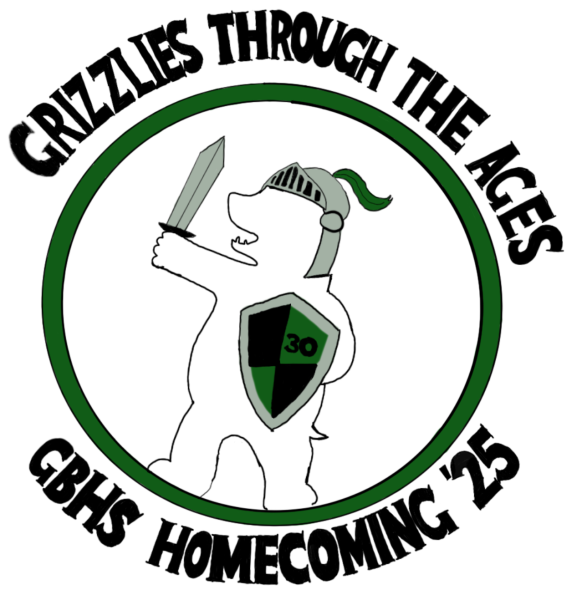
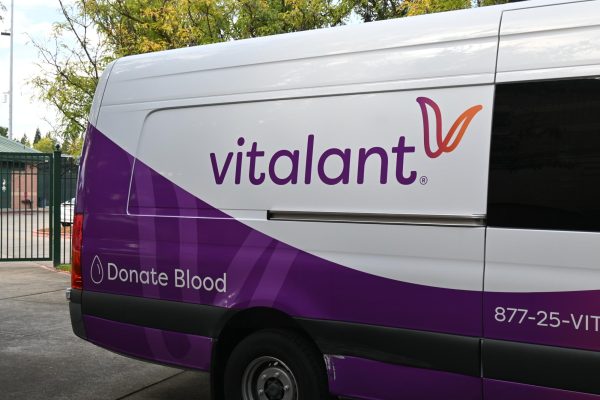

Aubrey • Jan 28, 2022 at 12:47 pm
I think that a teacher for ASL at Granite Bay would be a very important addition to our school. We have too few options for foreign language here and an ASL class would be beneficial for DHH students.
Scarlett • Jan 28, 2022 at 12:23 pm
I agree that we should continue attempting to find an ASL teacher for the Granite Bay students.